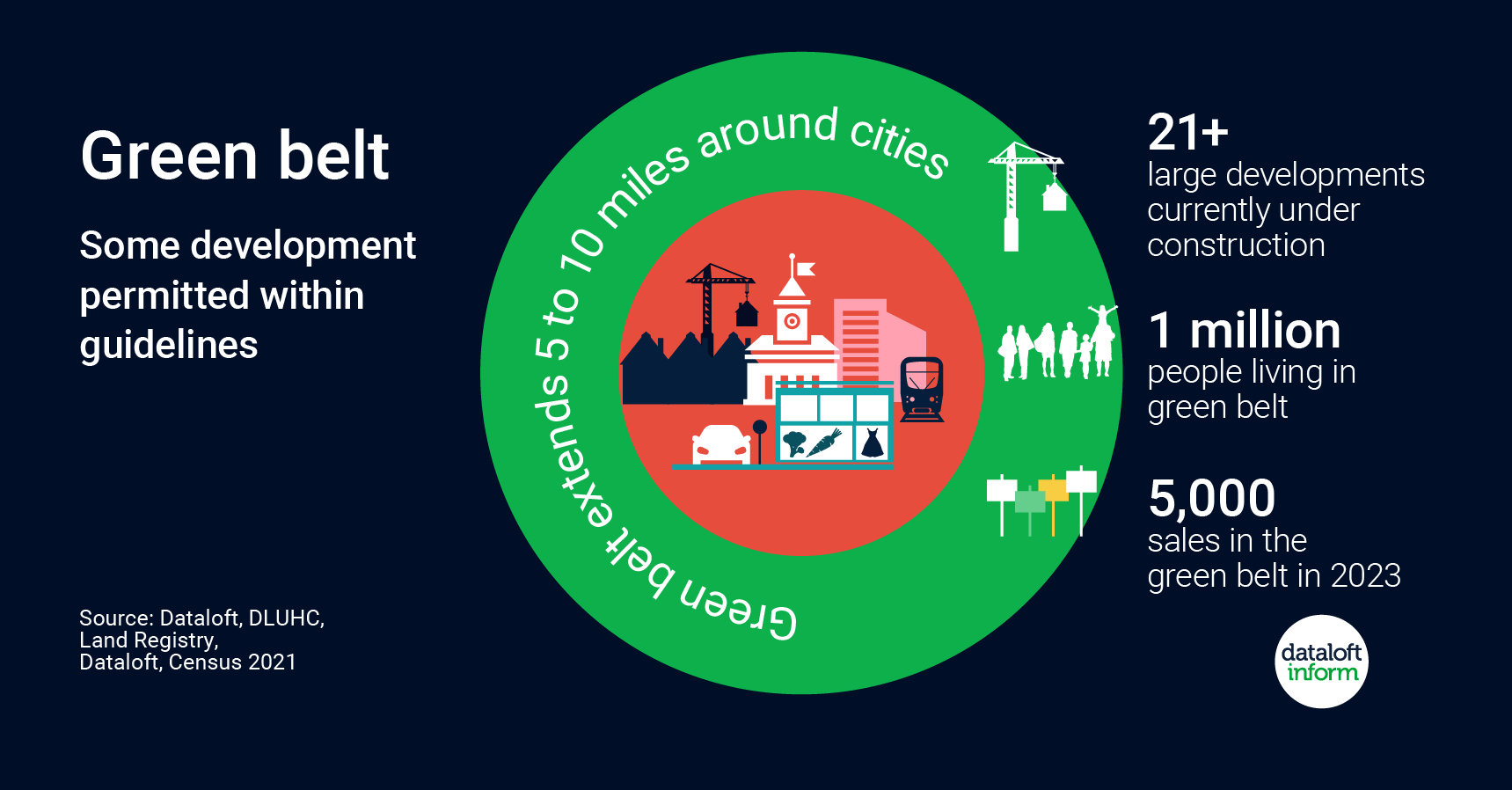
The green belt, a fundamental town planning policy in the United Kingdom, has been strategically designed to combat urban sprawl, preserve natural landscapes, and channel development towards sustainable locations. This policy typically encircles major cities, extending approximately 5–10 miles from the peripheries of built-up areas, safeguarding small satellite towns and villages from being engulfed by urban expansion. In recent years, there has been a notable shift in the size of the green belt, sparking discussions about the delicate balance between development and conservation.
Changes in Green Belt Size
Between 2013 and 2021, there was a modest reduction in the total area covered by green belt, decreasing from 16,390 to 16,140 square kilometres. However, the year 2021/22 marked a significant milestone with the first major expansion of the green belt in recent memory. A new extension, spanning 269 square kilometres, was implemented to protect the town of Morpeth in Northumberland. This expansion underscores a commitment to preserving the integrity of green belt areas amidst the ongoing challenges of urbanization.
Property Trends in Green Belt Areas
In the context of property transactions, a noteworthy 5,000 out of the 347,000 properties sold in England within the past year were situated in green belt areas. Additionally, ongoing development activities within the green belt are apparent, with at least 21 large projects currently under construction. These projects encompass a diverse range of developments, including garden villages, retirement communities, and urban extensions. This trend reflects the increasing demand for housing and amenities while navigating the constraints imposed by green belt policies.
Population and Community Impact
A little over one million people currently reside within green belt areas, benefiting from the assurance that local development will be limited and carefully planned. This deliberate approach aims to preserve the tranquillity and natural beauty of the surrounding countryside. Over 2,000 small towns and villages find themselves nestled within the protective embrace of the green belt, ensuring their landscapes remain untouched by rampant urbanization.
The green belt policy stands as a crucial element in the broader landscape of town planning in the United Kingdom. While changes in its size have been noted, the recent expansion signifies a commitment to maintaining a delicate equilibrium between urban development and environmental conservation. The ongoing challenges posed by property transactions and large-scale developments within green belt areas underscore the need for continued vigilance and thoughtful planning. As the UK navigates the intricate interplay between growth and preservation, the green belt remains a key instrument in shaping sustainable and harmonious communities.
Sources:
Dataloft
DLUHC (Department for Levelling Up, Housing and Communities)
Land Registry
Census 2021









